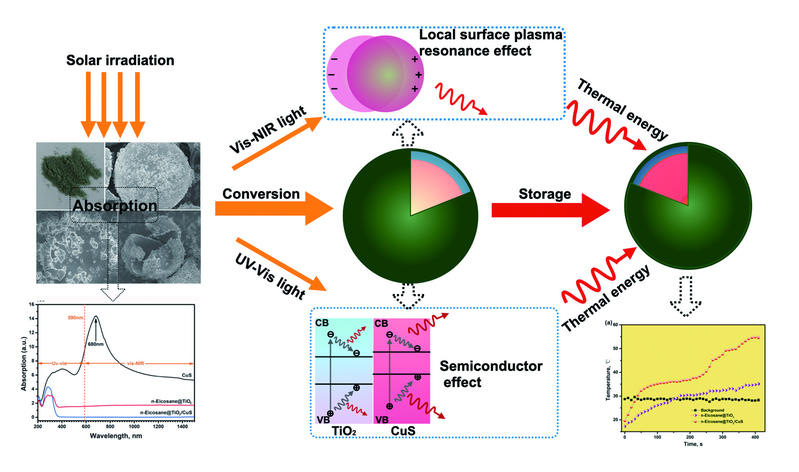Crossref Citations
This article has been cited by the following publications. This list is generated based on data provided by
Crossref.
Wei, Siyu
Zhou, Wei
Han, Rui
Li, Junfeng
Gao, Jihui
Zhao, Guangbo
and
Qin, Yukun
2021.
Scalable Production of EP/CaCl2@C Multistage Core–Shell Sorbent for Solar-Driven Sorption Heat Storage Application.
Energy & Fuels,
Vol. 35,
Issue. 8,
p.
6845.
Zong, Zhifang
Chen, Depeng
Zhao, Chunxiao
Tang, Gang
Ji, Yilong
Zhang, Hao
and
Lv, Zhong
2021.
Application of Ce–Eu/TiO2 phase change material as the wall material to improve the indoor environment.
Journal of Materials Research,
Vol. 36,
Issue. 3,
p.
615.
Bao, Lihong
Cao, Suyi
and
Tu, Lin
2021.
Preparation and properties of polyurethane film with photothermal conversion and energy storage capability.
Pigment & Resin Technology,
Vol. 50,
Issue. 5,
p.
444.
Xi, Shaobo
Wang, Min
Wang, Lingling
Xie, Huaqing
and
Yu, Wei
2021.
3D reduced graphene oxide aerogel supported TiO2-x for shape-stable phase change composites with high photothermal efficiency and thermal conductivity.
Solar Energy Materials and Solar Cells,
Vol. 226,
Issue. ,
p.
111068.
Liu, Lei
Liang, Shuoyang
Cheng, Xiang
Guo, Min
Cheng, Fangqin
and
Zhang, Mei
2022.
Preparation and characterization of novel
CuS
/
SiO
2
@n‐octadecane phase‐change nanocapsules enhanced photothermal conversion for solar energy utilization
.
International Journal of Energy Research,
Vol. 46,
Issue. 6,
p.
7411.
Bai, Yongqing
Tian, Jiren
Hu, Yongfeng
Zhao, Jing
and
Zhang, Huaihao
2023.
Thermal energy storage biogel with good biodegradability for solar energy powered heavy oil recovery.
Journal of Cleaner Production,
Vol. 414,
Issue. ,
p.
137604.
Ghufran, Muhammad
and
Huitink, David
2023.
Synthesis and thermal performance of nano-sized paraffin-based titania encapsulated PCMs via sol–gel method.
Journal of Thermal Analysis and Calorimetry,
Vol. 148,
Issue. 21,
p.
11629.
Zhang, Yunfeng
Chen, Zewei
Zhang, Lu
Zhang, Jie
Zhong, Wei
Fu, Yabo
and
Prakash, Kolla Bhanu
2023.
Preparation and characterization of nano-TiO2/paraffin-based composite phase change microcapsules.
p.
17.
Ho, Nang X.
Vu, Hung V.
and
Vu, Truong V.
2024.
Migration of a multi-core compound droplet in a ratchet microchannel.
European Journal of Mechanics - B/Fluids,
Vol. 105,
Issue. ,
p.
285.
Wang, Liming
Ji, Mingxi
Luo, Yimo
Wang, Yuanyuan
and
Hu, Jian
2025.
Research progress on solid adsorption materials for low-temperature thermal storage in buildings.
Journal of Energy Storage,
Vol. 138,
Issue. ,
p.
118571.
Demirbağ Genç, Sena
2025.
Designing TiO2-doped photothermal microcapsules via a novel green synthesis Pickering emulsion complex coacervation method and their application to cotton fabrics for thermal protective fabric.
Cellulose,
Vol. 32,
Issue. 13,
p.
7989.



